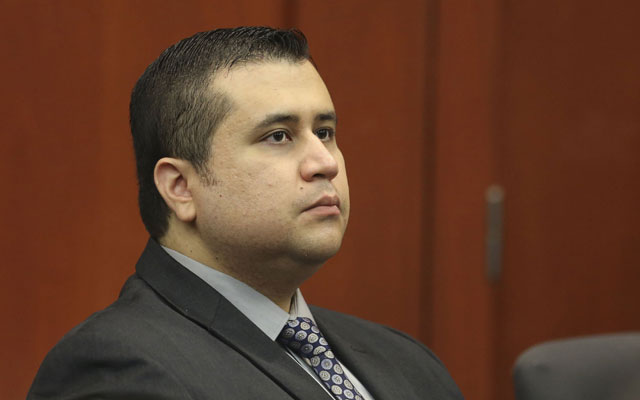Judicial Watch has released documents showing the latest abuse of power by the Department of Justice (DOJ): helping “organize and manage rallies and protests against George Zimmerman.”
Whatever one may think about the guilt or innocence of Zimmerman in his ongoing trial, we should all agree that the chief law enforcement agency of the federal government should not be involved in stage-managing public protests. Yet according to the documents obtained by Judicial Watch through a Freedom of Information Act request, the Community Relations Service at Eric Holder’s DOJ “deployed to Sanford, FL, to work marches, demonstrations, and rallies related to the shooting and death of an African-American teen.”
The Community Relations Service provided “support for protest deployment” and “technical assistance” to event organizers for a march and rally on March 31. According to the Orlando Sentinel, Community Relations Service staff even helped organize a meeting between the city of Sanford and the local NAACP that resulted in the temporary resignation of police chief Bill Lee. One of the local pastors whose church was the focal point of protests aptly summarized the bias of Community Relations Service when she was quoted as saying that it was “there for us.” Apparently, it wasn’t “there” for Zimmerman.
If in fact the Community Relations Service was helping train and organize protesters against Zimmerman, not only was the DOJ potentially interfering in a local law enforcement investigation and prosecution, but the service was violating its own mandate. As its website explains, the Community Relations Service is the “peacemaker” for community conflicts. Created by the Civil Rights Act of 1964, it is supposed to assist in “preventing and resolving racial and ethnic tensions, incidents, and civil disorders, and in restoring racial stability and harmony.” It is not supposed to be raising racial tensions by helping to organize protests.
The Community Relations Service says on its website that it “does not take sides among disputing parties” and provides “impartial conciliation and meditation services.” Apparently, it failed to avoid taking sides or provide “impartial” services in Sanford, Florida.
To some veterans of the DOJ, this is not surprising. Former Civil Rights Division lawyer Christian Adams has pointed out that at least one employee in that division has “a sign expressing racial solidarity with Trayvon Martin” on her office door.
In all likelihood, lawyers in the Civil Rights Division are already looking at whether they can still pursue Zimmerman with a civil rights violation even if a local jury finds him innocent of murder. The bias shown by the Community Relations Service and its interference in local affairs should disqualify DOJ from pursuing such charges.
One thing certainly should happen: Congress needs to hold an oversight hearing regarding the Community Relations Service’s potentially unethical involvement in the Zimmerman case. It should force DOJ to provide all of its internal documents and emails related to its activities in Sanford, and Grande Lum, the current director of the Community Relations Service, should explain why it violated its own rules to take sides in a local dispute and foment racial protests—the exact opposite of the kind of actions it is supposed to take.
Hans A. von Spakovsky is a former counsel to the Assistant Attorney General for Civil Rights.
























